Buying designer furniture – how to invest in original and iconic design
If you are considering buying designer furniture or iconic pieces, whether to adorn your home or as an investment, this guide will tell you how to shop wisely
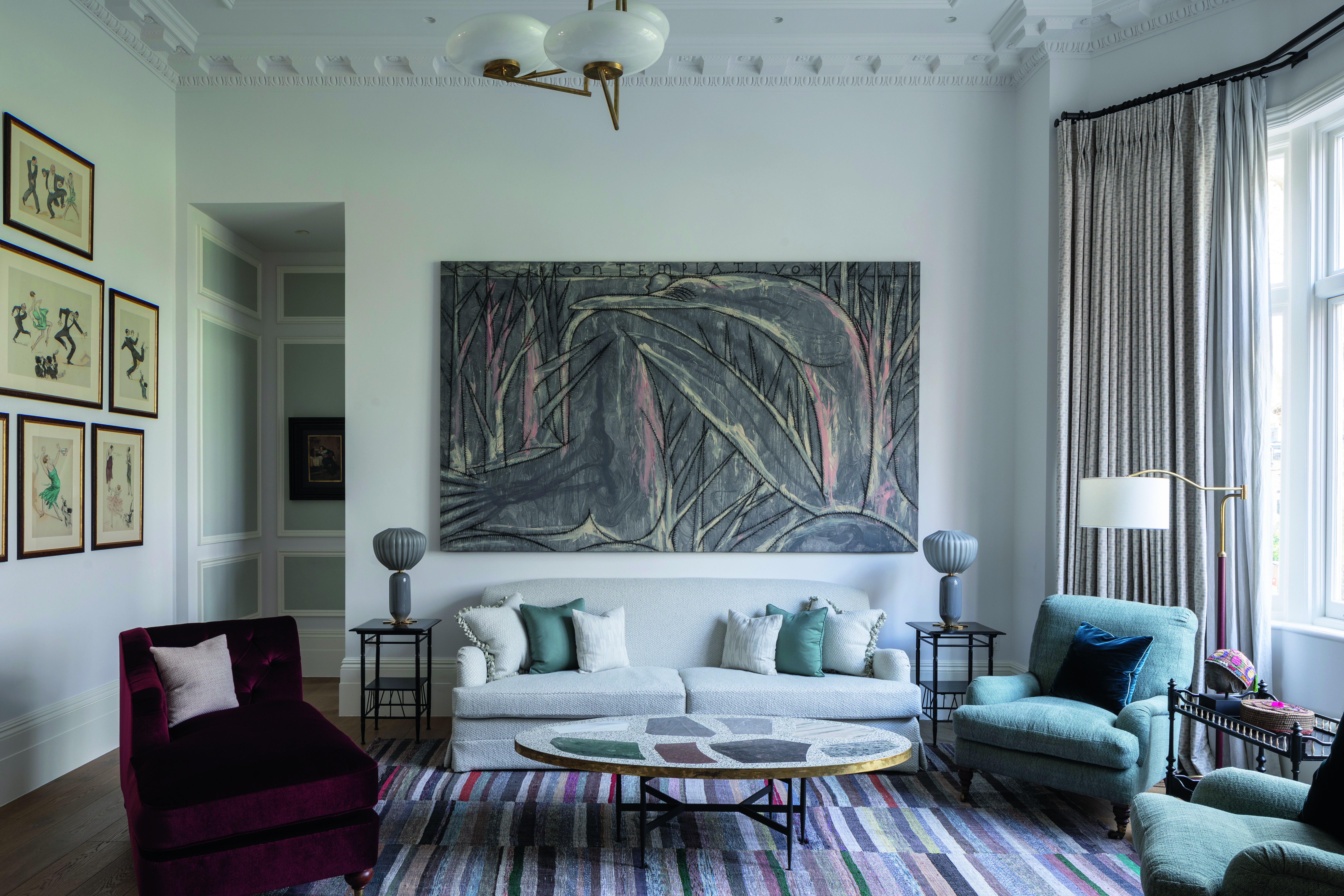

Buying iconic designer furniture and lighting is an investment but the justifications are plentiful. Pieces that are timeless, used every day and last a lifetime are the essence of good interior design – plus they can be passed down the generations for years to come, ticking sustainability boxes on the way.
Buying is always best done with the heart and if you want to do well in terms of investment you also need to be happy to take a risk, recommends designer Ebba Thott, co-founder of Sigmar London which is based in London’s King’s Road. 'I would always recommend buying from someone you trust as you are also getting the advantage of the knowledge of the person you are buying from.'
If the old maxim of buy once, buy well is to be embraced, how do you go about investing in original and iconic design? Leading experts in the field share their top tips.
Designer furniture that withstands the test of time
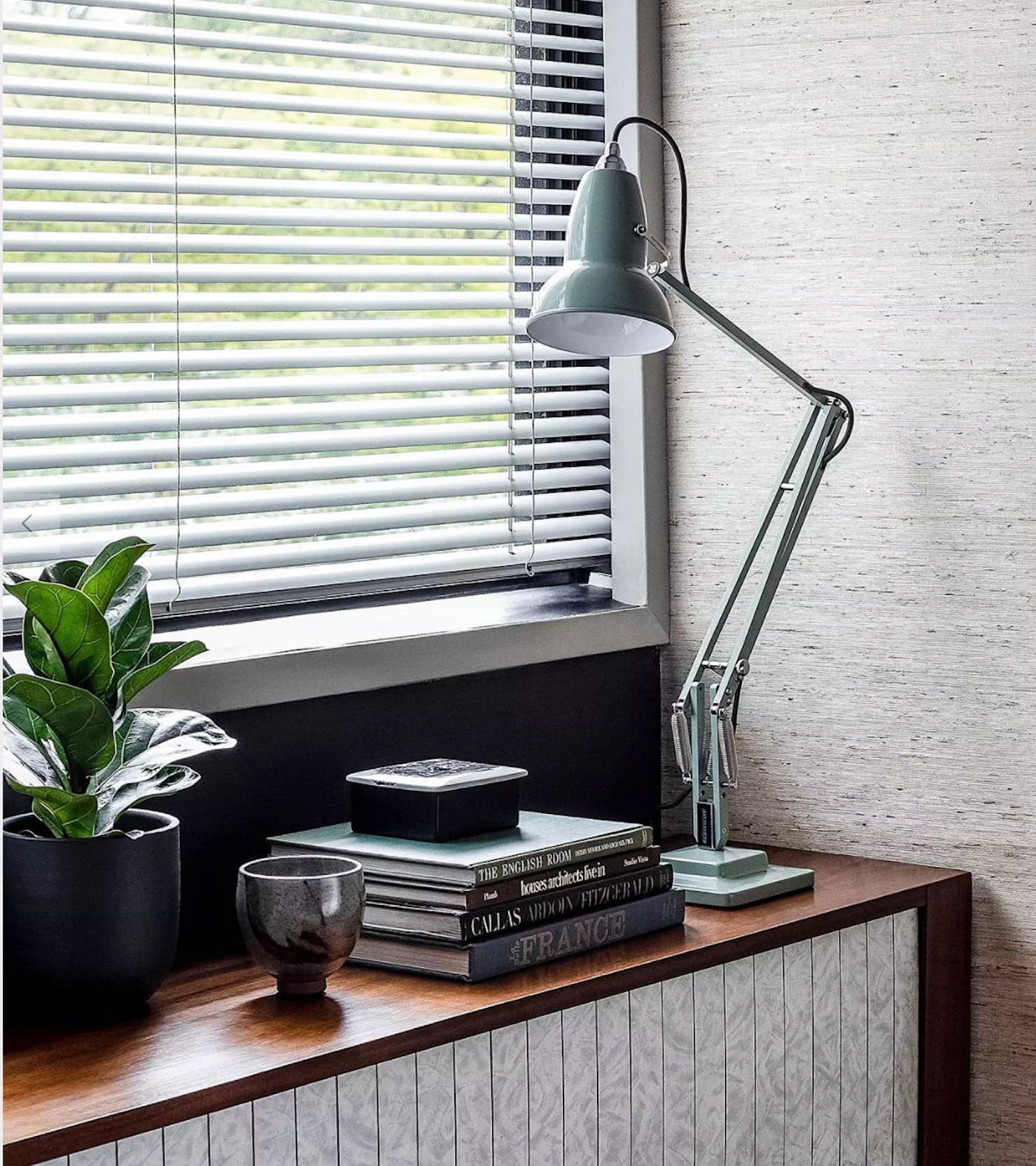
What will constitute a piece of classic piece of designer furniture – any kind of design for the home – is a million-dollar question: easy to answer retrospectively but not so easy to predict, says Priya Khanchandani, head of Curatorial and Interpretation and the Design Museum in London.
'Design that has stood the test of time is usually functional, instantly recognizable, easy to use and in a style that doesn't pander to momentary trends, even if it's a product of its era.'
She uses the example of the Anglepoise lamp (above), designed by the car suspension designer George Carwardine in 1931, as a classic example.
'A home is very personal, so I do think that while design classics are worth investing in, the future of the home is also about personal expression. Mixing it up with pieces that you are attracted to, have relevance to you or attach memories, is allowed. The most wonderful houses, after all, are a site for individual expression. The 19th century home of Sir John Soane, now a museum in Lincoln's Inn Fields, shows that a space that is used as a dense and personal canvas can itself become a classic.'
Between reference point and imitation: original design
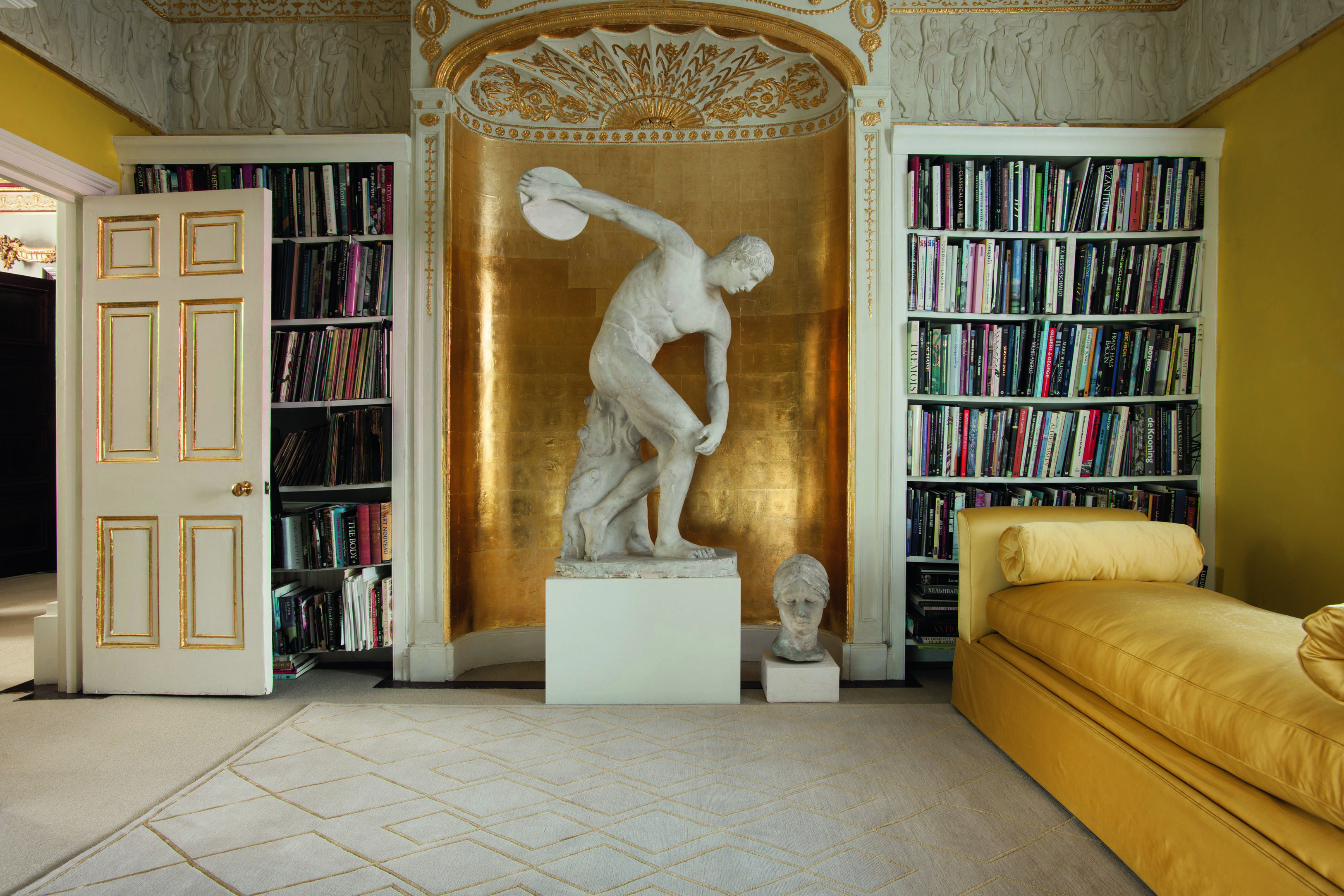
The Greek Discobolus statue, sourced by Tim Gosling at auction at Christie’s
There are many examples of great works of design that imitate aspects of other classics. But when does a friendly quotation or reference within the design industry cross the line into the realms of copycatting?
'I think we are in a dangerous position in a world where thousands of images are available globally and most are not accurately catalogued and referenced. It is difficult to tell if something is an original and almost impossible to be certain,' cautions bespoke furniture and interior decorator and designer Tim Gosling.
One of Tim’s favorite pieces is the Emile-Jacques Ruhlmann desk, designed in the 1920s. 'It is an iconic piece and I have used elements of the shape in my own designs. We have an exquisite desk in grey Harewood and crystal. I think of this as inspired imitation, which is far from the copycat realm.'
A personal bugbear for Tim is the overuse in office blocks of the Barcelona chair, designed by Ludwig Mies van der Rohe for the German Pavilion in Barcelona. 'I feel the huge number of imitations has removed the magic and true essence of an iconic design and it has been taken far from its original use as a throne for the King and Queen.'
An iconic piece of design that Tim has bought is the Greek Discobolus statue, which he sourced by auction at Christie’s. 'It’s iconic because the Romans copied the Greek statue and it was used across the whole empire. The Greek piece has his head looking up at the discus… the Roman piece has the head facing forward as it was considered to be more beautiful.'
How to find original designer furniture in the second-hand market

The best advice is to do research to be able to understand the provenance of a piece, says interior designer Suzy Hoodless whose hallmark is mixing eras and styles in her schemes (above).
'Most importantly, buy from a reputable and recommended supplier or auction house. It’s not always possible to find comparative prices but certainly a good start if possible and spend what’s appropriate to you, stick to your budget.'
The secret to buying well in the second hand market (as with new) is to buy what you love. It’s about having an instinct and a knowledge that the piece is going to be with you forever, explains Suzy.
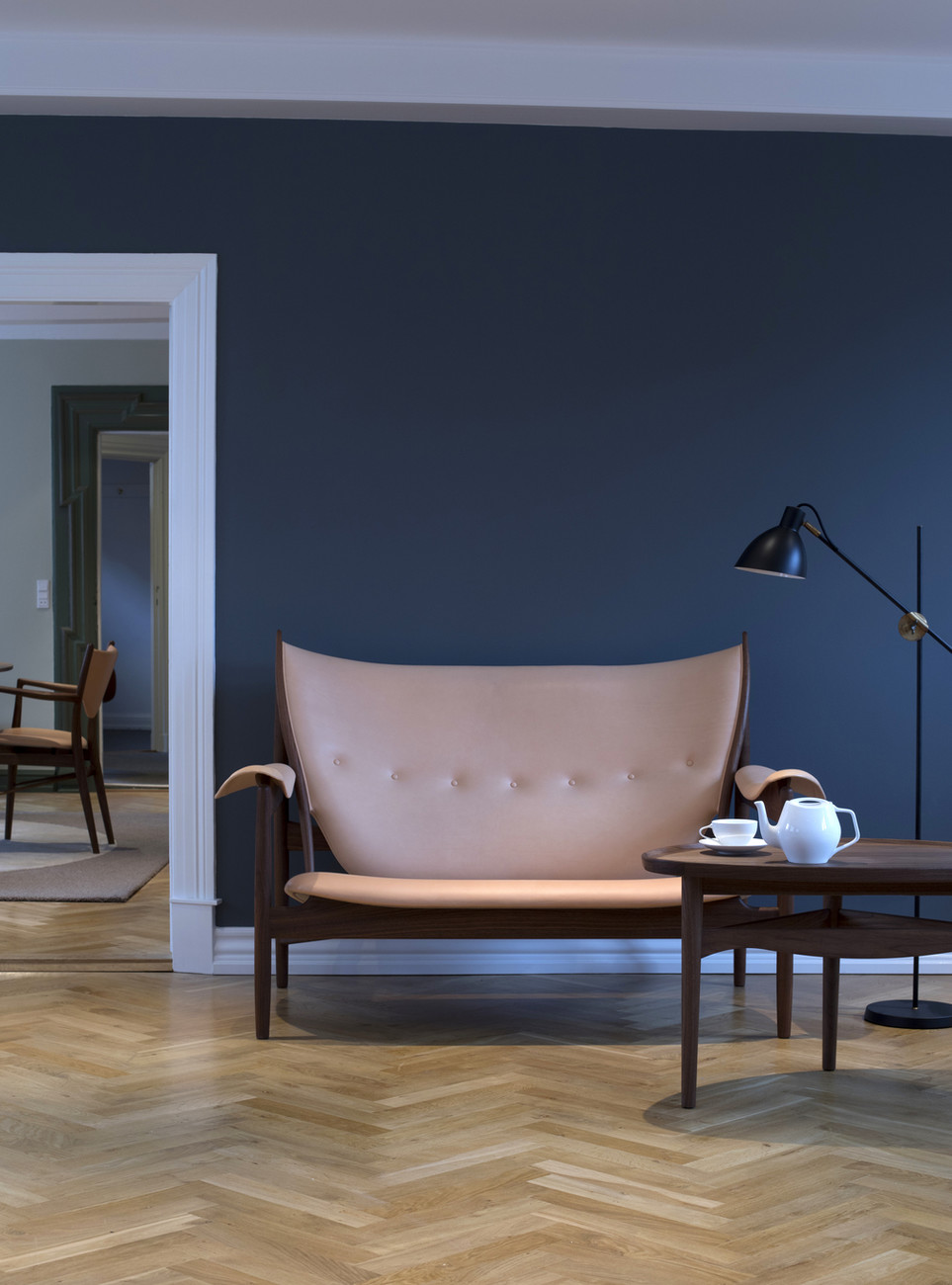
Finn Juhl Chieftain sofa
'I bought a very rare Finn Juhl Chieftain sofa (above) once, it was owned by three different dealers all from different countries. But they were all known to me, I trusted them, and we negotiated to buy the piece at the right price. If you buy good design, not only will you love it forever, but it will stand the test of time and hold its value if not increase in value.'
Caveat emptor: online shopping for designer furniture
Buying online for interiors can be challenging because it’s important to get a true sense of color, scale, quality and condition which has to be done in person, believes Clara Ewart, head of design at Kitesgrove. 'That said, online resources open up a world of international design and one-off pieces that you might not have access to in person. As well as the more known platforms, there are so many smaller companies that have a fantastic edit of special pieces, including The Future Perfect.'
'Instagram is also a great online resource – we love to discover small independent makers and dealers on Instagram who may not be established enough to have their own website or shop yet.'
For those nervous about investing in pieces sight unseen, online shoppers are rewarded by going to trustworthy brands and websites which have buyers specially trained to source the real deal when it comes to their products.
Where to look for original designer furniture
Major Players: Pamono (US) and Pamono (UK), 1stdibs (US) and 1stdibs (UK), The Saleroom
Major Retailers (UK): Heals, The Conran Shop, John Lewis & Partners
Smaller Specialists (UK): Guinevere Antiques: a treasure trove of antiques on London’s New Kings Road, Skandium for modern Scandinavian design classics , TwentyTwentyOne Long-established London based retailers with classic and contemporary furniture and lighting, Retrouvius: destination salvage company in north-west London, 8 Holland Street: specialists in European Art and Design from 1900 onwards
Sign up to the Homes & Gardens newsletter
Design expertise in your inbox – from inspiring decorating ideas and beautiful celebrity homes to practical gardening advice and shopping round-ups.

Lucy Searle has written about interiors, property and gardens since 1990, working her way around the interiors departments of women's magazines before switching to interiors-only titles in the mid-nineties. She was Associate Editor on Ideal Home, and Launch Editor of 4Homes magazine, before moving into digital in 2007, launching Channel 4's flagship website, Channel4.com/4homes. In 2018, Lucy took on the role of Global Editor in Chief for Realhomes.com, taking the site from a small magazine add-on to a global success. She was asked to repeat that success at Homes & Gardens, where she has also taken on the editorship of the magazine.
-
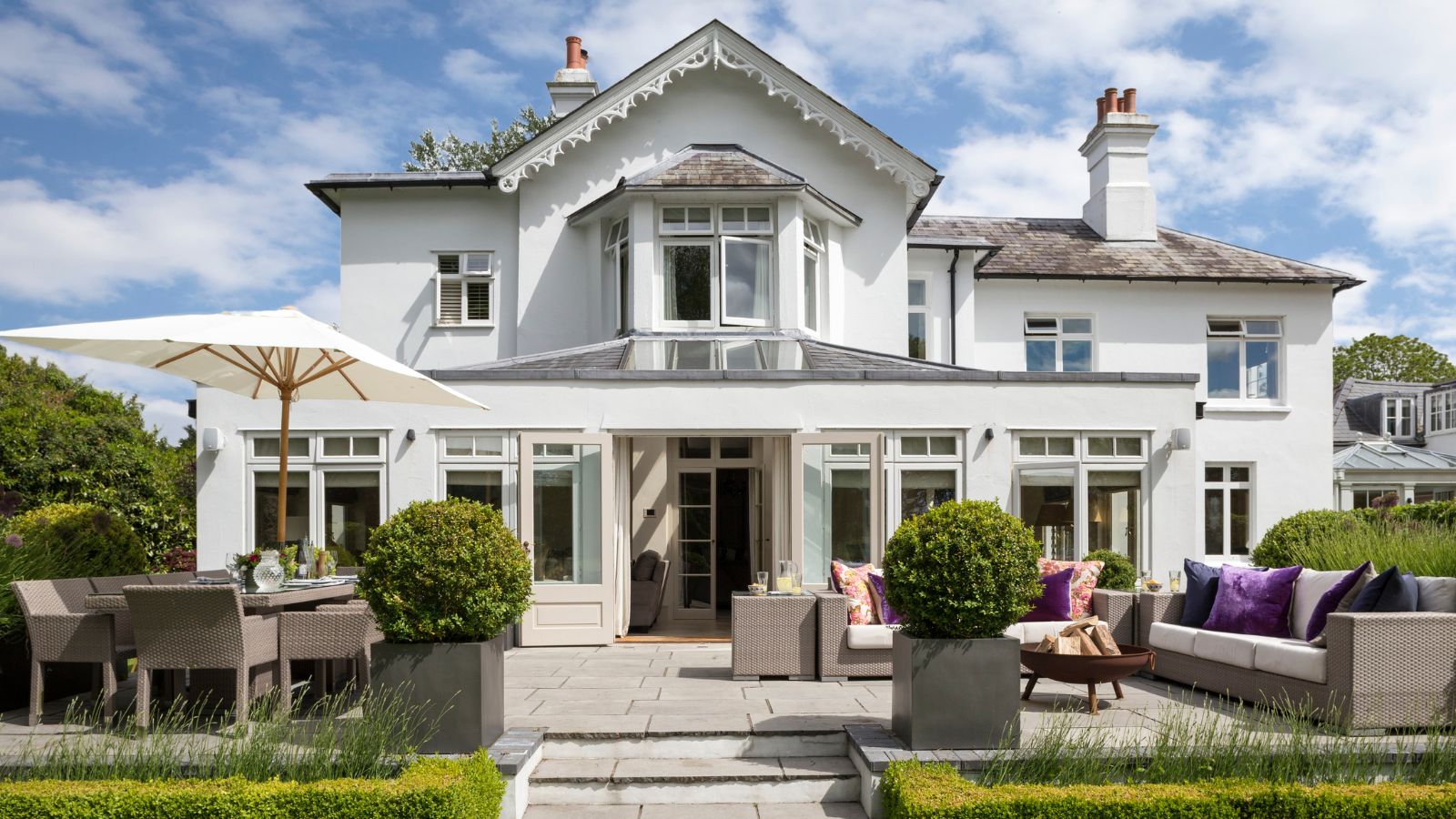 5 vital ways a home battery backup can help with your most urgent needs in a power outage – from heating to flood prevention and calls
5 vital ways a home battery backup can help with your most urgent needs in a power outage – from heating to flood prevention and callsExperts say they're a worthy investment
By Clement Feng Published
-
 Is the viral salt hack the secret to a weed-free patio? A garden expert warns of irreparable, long-term damage – plus reveals the safest way to get results
Is the viral salt hack the secret to a weed-free patio? A garden expert warns of irreparable, long-term damage – plus reveals the safest way to get resultsYou might have seen gardeners on TikTok or Instagram using salt to kill weeds in pavers, but this hack should be avoided at all costs
By Thomas Rutter Published